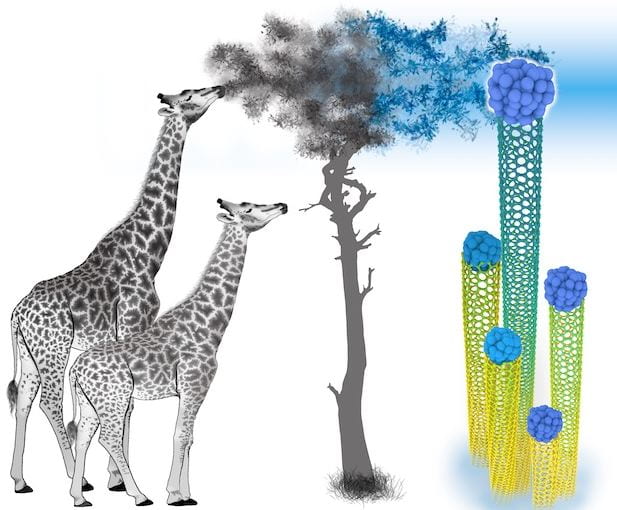Rice theorists’ method can predict shapes of crystals that lack symmetry
 A crystal’s shape is determined by its inherent chemistry, a characteristic that ultimately determines its final form from the most basic of details. But sometimes the lack of symmetry in a crystal makes the surface energies of its facets unknowable, confounding any theoretical prediction of its shape.
A crystal’s shape is determined by its inherent chemistry, a characteristic that ultimately determines its final form from the most basic of details. But sometimes the lack of symmetry in a crystal makes the surface energies of its facets unknowable, confounding any theoretical prediction of its shape.
Theorists at Rice University say they’ve found a way around this conundrum by assigning arbitrary latent energies to its surfaces or, in the case of two-dimensional materials, its edges.
Yes, it seems like cheating, but in the same way a magician finds a select card in a deck by narrowing the possibilities, a little algebraic sleight-of-hand goes a long way to solve the problem of predicting a crystal’s shape.
The method described in Nature Computational Science shows using what they call auxiliary edge energies can bring predictions back in line with the Wulff construction, a geometrical recipe in use for more than a century to determine how crystals arrive at their final equilibrium shapes.
– See more at Rice News
Related
- Nature Materials: The Wulff construction goes low-symmetry
- CHEMIE.DE: Ein Rätsel der Kristallform ist endlich gelöst


